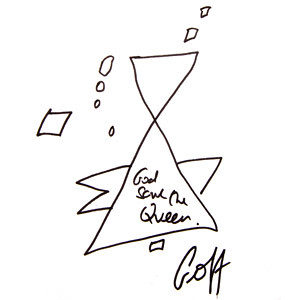I've been digging more into the history of my house. The street does not appear on the 1911 census, so I surmised it either had a different name in 1911 or didn't exist.
Looking at some old maps in the RGS Reading Room brought a little enlightenment - I saw a map from the late 1800s with no street, and one from 1920 with a street. So, it was built sometime at the beginning of the 20th century, making it Edwardian, or (very) late Victorian.
I ordered Godfrey edition maps from 1894 and 1914 which confirmed this (fantastically swift customer service from Alan Godfrey Maps, by the way).
Southwark's local history library - temporarily relocated to Peckham due to renovation - had an index of streets which indicated that street was given its name in 1911. So, the street is 98 years old.
Much more excitingly, in the local history library, I found out the names of all voters who lived in the house from electoral registers.
The earliest I can trace on the street is 1913, but for the first few years my house number is not used (maybe the house was empty? Or maybe the occupants didn't have the right to vote).
And then, from 1918 onwards, these people lived in my house:
- 1918 - 1929 - Daniel & Clara Ayling
- 1929-1931 Frederick Jordan, Alice Jordan & Frederick Thomas Jordan
- 1931-1938 Alice Jordan & Frederick Thomas Jordan
- 1938-1939 Alice Jordan
- 1939-1940 Thomas Williams & Ellen Alice Williams
- 1940-1945 - ?
- 1945 - 1959 - George & Amelia Fleming
- 1960-1965 - William & Elizabeth Coulson
- 1965-1975 - William Coulson
- 1975-1989 - George & Rosa Knott, with Carole Knott & Christine Knott
Sadly when I got to 2008, I expected to find my name on the register (I was getting very excited about it) but I wasn't there! I had taken myself off the list to reduce junk mail. I may reverse that decision for posterity purposes.
My next stop is the London Metropolitan Archives to find out more about the building of the street - and to see if I can work out why it is Ambergate Street.



